There is no word more mangled in the political lexicon than ‘liberal’. It’s the only word whose definition first requires answers to two other questions: ‘what country?’ and ‘what era?’
Around the world today there are 46 political parties that include the word liberal in their name. In Britain, a liberal means a political centrist and the last time that nation’s Liberal Democrats held the balance of power (in 2010) they formed a coalition government with the Conservative Party. In Canada there are two large parties on the left and the Liberal Party of Canada is the more centrist of the two. In Japan, the Liberal Democrats are firmly centre-right but in the United States today a liberal refers to a staunch left-winger.
Nobel Prize-winning economist Milton Friedman wrote about the American evolution of the word liberal in his book Capitalism and Freedom. Friedman noted, ‘The nineteenth-century liberal regarded an extension of freedom as the most effective way to promote welfare and equality. In the name of welfare and equality, the twentieth-century liberal has come to favour a revival of the very policies of state intervention and paternalism against which classical liberalism fought.”
Many assume the word ‘liberal’ entered Australian politics in the 1940s. That’s incorrect. There were several political organisations in colonial Australia that included liberal in their name. The first Australian federal election in March 1901 saw a tussle over the ownership of the liberal badge. The party which would go on to form government after that inaugural election is commonly referred to by historians as the Protectionists but in 1901 they campaigned as the Australian Liberal Association. The party that formed Opposition in 1901 is referred to today as the Free Trade Party but in 1901 they campaigned as the ‘Australian Free Trade and Liberal Association.’ As the Labor Party’s influence grew in that first federated decade the Protectionists and Free Traders merged to form the Commonwealth Liberal Party in 1909.
So the word liberal is not only malleable. It is also a popular one for political parties globally and throughout Australian history. Obviously one of the two dominant political parties in Australia today includes the word liberal but another party was founded in 2001 by economist Dr John Humphreys and its name also includes the word liberal. Five years into the Howard Government, Humphreys was concerned about the ever-expanding state and founded a party based on nineteenth-century classical liberalism. He named the party the Liberal Democrats. Humphreys has told me he thought it would be the Australian Democrats who would object since the latter word is more often the defining word in any phrase (political or otherwise).
The Liberal Party has twice previously attempted to use existing legislation to prevent the Liberal Democrats from using the word liberal. Twice the Liberal Party failed with the statutory authority agreeing that no political party owns the word liberal. That tussle has not been a high priority for the government since 2013 and the Liberal Party happily preferences the Liberal Democrats.
With the recent high-profile defection of former Queensland premier Campbell Newman to the Liberal Democrats, the issue overnight became a pressing concern of the federal government. Rushed legislation passed last week that will force the Liberal Democrats to plead with the Liberal Party itself if it can use the word liberal (gee I wonder what they will say?). The Greens and the crossbench opposed it but with Labor’s help it’s now law. It’s also outrageous.
The stated purpose of the law is to prevent voter confusion but the evidence is clear – there is no confusion. At the 2019 federal election the Liberal Democrats received 1.16% of the Senate primary vote across Australia whereas the Liberal National Party received 38%. It doesn’t sound like people are getting confused in the voting booth.
At a stretch, it could be argued a maximum of 1.16% of voters were confused but surely there is 1.16% who consciously voted for Australia’s only libertarian party. Some claim the election in 2013 of the Liberal Democrats’ David Leyonhjelm to the senate is an example of voter confusion. Leyonhjelm himself says he was lucky in 2013 but his luck was mostly being the first name on a very lengthy ballot paper.
The law is effectively giving the Liberal Party a trademark over the word liberal but no legal system in the world recognises political trademarks. It also states this de facto trademark law does not apply to a political party if it has a parliamentary representative. How is that fair? In a pluralistic democracy the state should shun any appearance of legislative favours to parliamentary parties over other parties.
If voter confusion is a non-issue then when why has the Liberal Party made this piece of legislation such a high priority in the middle of everything else going on with COVID etc? It is a student politics style dirty trick designed to damage the Liberal Democrats because of the Newman defection along with the growing interest in the smaller government platform of his party.
Does a party that uses the parliament to bludgeon a promising minor party really deserve to wear a badge identifying them as liberal? No, they do not but true liberals (unlike the Liberal Party) are happy to leave that question to the common sense of the voters.
John Ruddick is the Liberal Democrats senate candidate in New South Wales.
Got something to add? Join the discussion and comment below.
Get 10 issues for just $10
Subscribe to The Spectator Australia today for the next 10 magazine issues, plus full online access, for just $10.

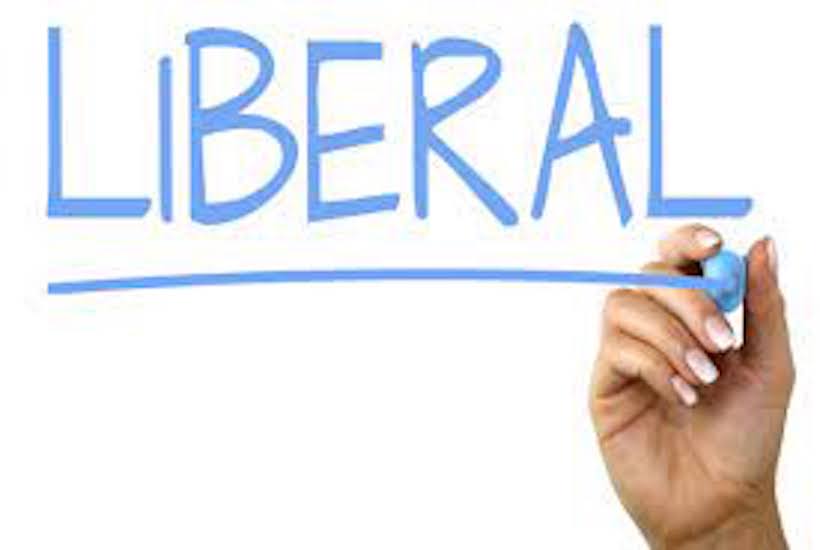
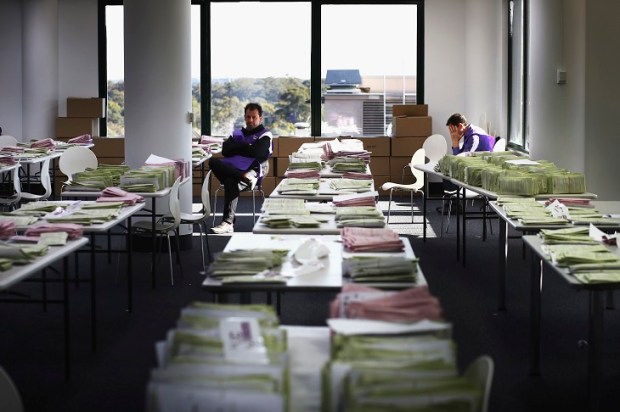
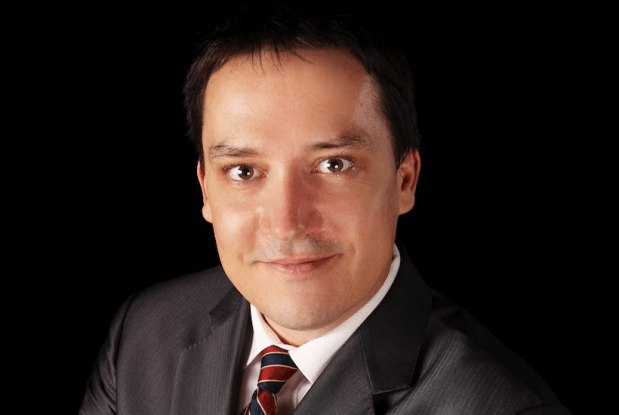

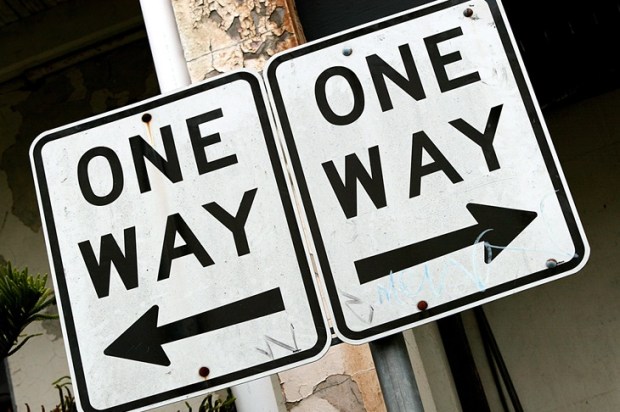
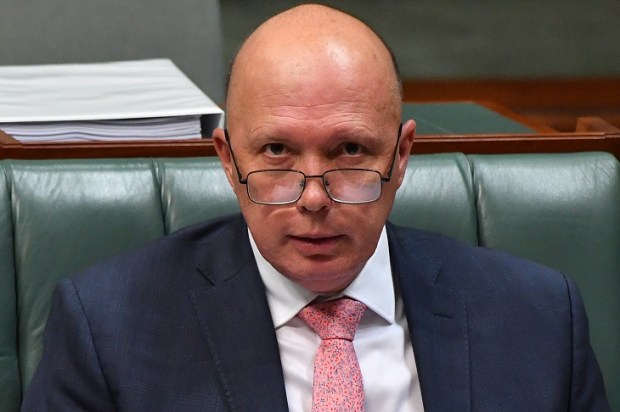
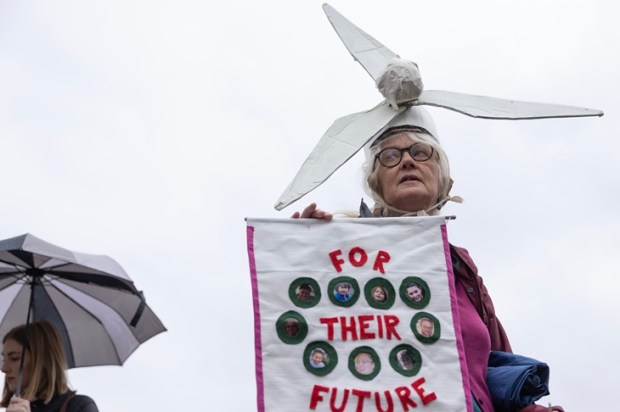

















Comments
Don't miss out
Join the conversation with other Spectator Australia readers. Subscribe to leave a comment.
SUBSCRIBEAlready a subscriber? Log in